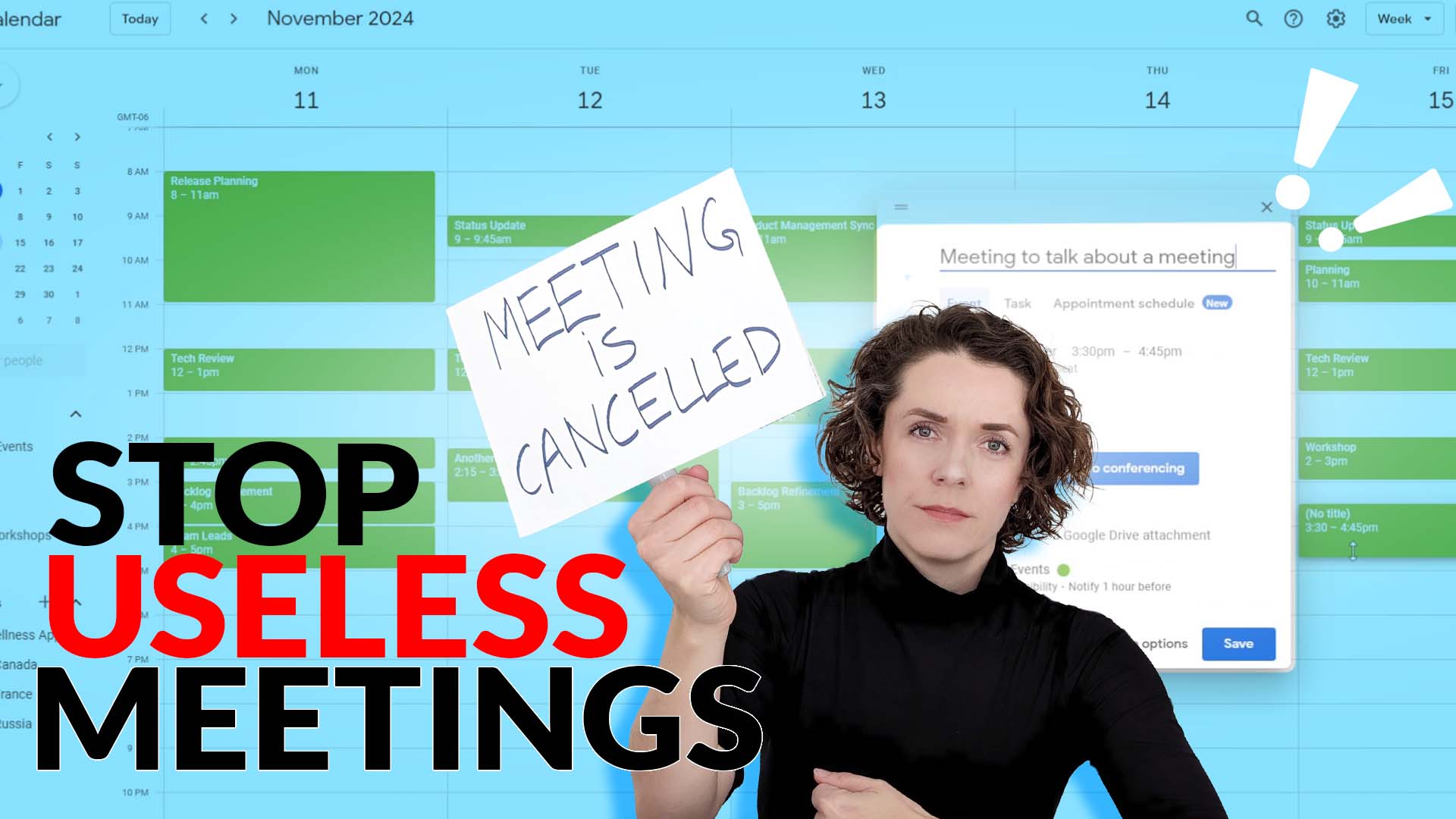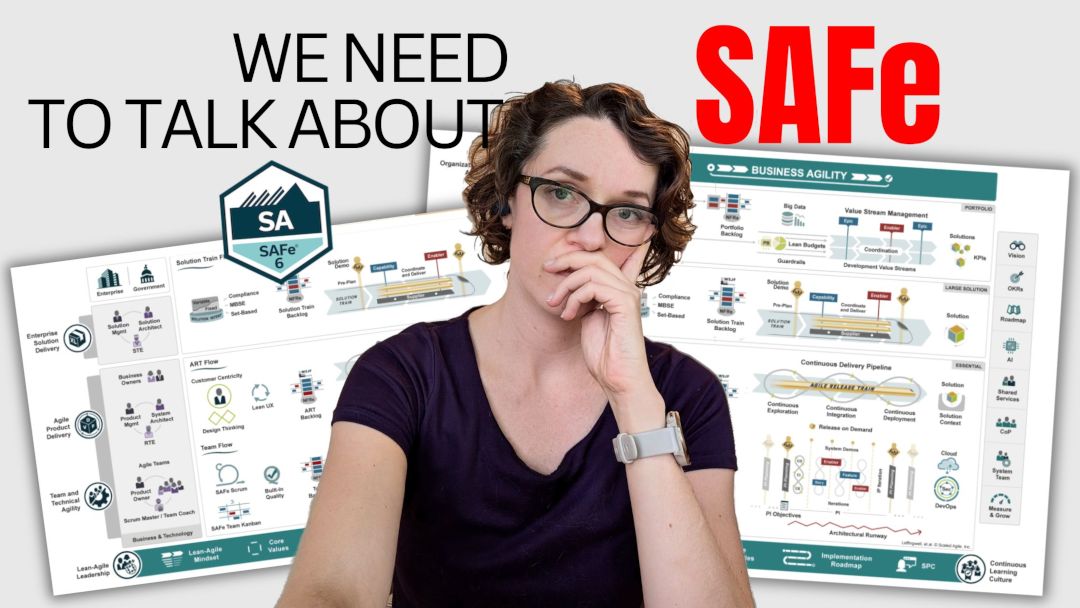Activity-based Flexible Office Space, the WORST thing that has ever happened to me professionally.
Hey, it’s Daria here. Welcome to building awesome teams!
Today I want to talk about a topic that has been on my mind since the beginning of 2019 I think. A topic I’m quite passionate about.
And it is a flexible office space. Also known as an activity-based workplace.
And I don’t mean co-working places.
I mean the actual office design many companies, especially bigger ones, choose to implement.
Activity-based flexible office what is it?
Activity-based work is the practice of providing employees with a choice of office settings for a variety of tasks and activities throughout the workday.
It is usually associated with an open office concept with no cubicles, no assigned seating, and multi-purpose spaces throughout the office like spaces for meetings of different sizes, brainstorming areas, relaxation areas, small call rooms, and more.
It is portrayed as an innovative solution to office space problems.
What are some potential drawbacks of using a flexible space approach in the office?
This video is more of an opinion piece. Stay until the end to hear my personal stories and solutions to the challenges that the flexible office space presents (and, oh, there are many!)
I have a very strong opinion that flexible office space is an absolutely terrible arrangement for Scrum Teams…
for Kanban teams…
for Agile teams…
…Honestly, for any team.
I thought if we are talking about innovative solutions to old problems, which Activity-based Flexible Office Spaces claims to be, I should get some help from AI to help me prove my point.
What does ChatGPT think of flexible office spaces?
So I asked ChatGPT to identify key reasons how flex space hurts agility in product teams.
5 Drawbacks of Activity-based flexible offices
- lack of structure
- inefficient use of space
- limited personalization
- lack of privacy
- difficulties in communication.
So let’s dive into the explanations…

Lack of structure leads to a waste of time
Because there are no designated team areas and no assigned seating, it can easily lead to a lot of wasted time as people have to search for an available workspace multiple times during the day, or just try to find their coworkers to have a quick chat.
It can be difficult for team members to focus and stay organized because there is a lot of movement around them, and a lot of distractions coming from people they might not even know. It’s not the same to say to a team member that they’ve been a bit loud, and it’s completely different when you don’t even know who is sitting in front of you.
And because the space is constantly changing, it can be difficult to optimize the layout for productivity and collaboration. You often can’t keep the information up on the wall after a brainstorming session and come back to it later.
The difficult environment for introverted team members
Flex space can be particularly challenging for introverted team members who need a sense of personalization and control over their work environment. *You know, like developers.*
People may have special tools that allow them to be more productive, like a 2-monitor setup, an ergonomic keyboard, or a foot stand. You can’t always carry this stuff around the office with you.
While flex space is designed to be open and collaborative when it comes to the need to focus on individual complex tasks *(you know, like coding and testing)*, Activity-based Flexibility Offices will feel like a distracting and disruptive environment.
In the end, flex space can make it more difficult to communicate effectively, to establish a sense of community and shared identity among team members.
This all made sense to me. But I thought that it was very one-sided of me to present just these arguments.
So I asked ChatGPT to identify how Activity-based Flexible Offices actually encourage agility in product teams.
5 Benefits of Flexible Office Spaces according to ChatGPT
- it promotes collaboration
- it’s adaptable to changing needs
- it increases productivity
- it promotes well-being
- it improves recruitment and retention.
I tried really hard to write this next bit using the information I got, but I struggled even when I had the text right there because it sounded like complete bull to me.

Here’s what it said:
Flexible Office Space promotes accountability
“*Product development is inherently unpredictable, and teams often need to pivot quickly in response to changing customer needs or market conditions. Flexible workspace designs can help product teams stay agile by providing the ability to quickly adapt to changing needs. With movable furniture and modular layouts, teams can easily reconfigure the workspace to meet their changing needs without requiring extensive renovations.*”
I don’t believe that’s any different from a usual open space. You still can’t move certain things, but it also isn’t a Lego where you can change absolutely everything.
Flexible Office Space promotes well-being
*“Flexible workspace designs can also promote employee well-being by providing a comfortable and customizable work environment. By allowing employees to personalize their workspaces, flexible workspaces can help create a sense of ownership and belonging, which can improve job satisfaction and employee engagement”*
This is literally not true because there is no assigned seating so you need to keep the desk clean for the next person. It’s the opposite of personalization.
And I can’t see what else promotes well-being.
And the last point was kind of hilarious. It said:
Flexible Office design improves recruitment and retention
*“Flexible workspace designs can also improve recruitment and retention by providing a modern and desirable work environment. As competition for top talent continues to increase, companies that offer flexible workspaces are more likely to attract and retain the best employees.”*
Having to work in Activity-based Flexible Offices was literally one of the key reasons I left one company, so don’t see how it can improve employee retention.
I know I wanted to give you the **positives of Activity-based Flexible Offices,** and I know I’m super biased here, but I was only able to gather this:
Flexible Space design benefits
- Flex space can encourage collaboration and teamwork by providing open spaces and shared resources that remove barriers between team members allowing them easy access to each other.
- It can help create the right setup for the activity at hand like having a big whiteboard for a brainstorming session, or a small 1-person room for a quick call. So it may help increase productivity when the appropriate space is used.
- Many Activity-based Flexible Offices also provide access to natural light and greenery, which creates a healthier and more enjoyable work environment.
- And the last but not least, Activity-based Flexible Offices can help companies reduce costs associated with traditional office leases since not every employee has to have a designated seating area.
After reading two sides, I think I’m still missing some information.
I need some proof! So I went to do some digging into research papers.
FUN! 🤪
ResearchGate was a big help with that.
Do Flexible Offices improve productivity?
One study conducted in 2015 in a medium-sized Swedish municipality for a group of less than 300 people, revealed issues related to lack of privacy and increased noise disturbance. Participants also reported less satisfaction with sit comfort and work posture. Employees in the Activity-based Flexible Offices with work tasks requiring a high degree of concentration experienced lower productivity while those with a high proportion of teamwork rated productivity to be continually high.
How do Flexible Offices affect leadership?
Another study focus on leadership relationships showed that relocations from cell and open-plan offices to Activity-based Flexible Offices were clearly related to a decrease in the perception of relation-oriented leadership behaviors. However, coming from open-plan offices to Activity-based Flexible Offices also decreased the perception of the other leadership dimensions.
Do Flexible Office Spaces promote teamwork?
In one more study, the interviewees reported that inter-team collaboration improved while working in Activity-based Flexible Offices. Reasons that were mentioned for this positive effect were more contact, communication, collaboration possibilities (joint project work), and trusting relationships. However, interviewees also reported negative effects, such as that teamwork suffered due to less communication and cooperation. Along with that, especially ensuring team cohesion and communication among team partners were the most often mentioned challenges for management since team members were spatially dispersed within the office building.
Of course, all of these studies have been quite limited in a number of participants and long-term analysis. So take it with a grain of salt.
However, all that I mentioned doesn’t sound too good. This leads me to ask;
Why do companies invest in Activity-based Flexible Offices?
I don’t have an answer, maybe you do, so I’d love to hear your thoughts in the comments.
Maybe you have a completely different opinion on the topic and you see the benefits of Activity-based Flexible Offices. Please share your observations and findings as I think it can help us see the bigger picture.
Should you invest in an activity-based workplace?
You might find yourself in a situation where your team has to work in an Activity-based Flexible Office. And I think knowing what could be the potential challenges you would face can help your team stay productive, nevertheless.
Activity-based workplace: 3 potential challenges
- Take work characteristics into account when planning and creating your Activity-based Flexible Offices spaces. Flexible and interactive tasks seem more appropriate in Activity-based Flexible Offices, whereas individual tasks demanding concentration seem less fit. Developers often require several hours of focused individual work per day to stay effective, for example.
- It’s best to have assigned team areas to support teamwork and collaboration, especially in Scrum teams.
- It’s essential to quickly resolve people’s privacy concerns, make it easy for employees to switch workspaces, and allow for some personalization, especially, for people who have additional ergonomic needs.

My experience with Flexible Offices
I remember the time when I worked in an Activity-based Flexible Offices as a Scrum Master. I hated it so much…
But we had to find solutions.
One of the good things was that we had a dedicated team whiteboard where we were able to keep some important information.
However, because we didn’t have designated desks in this same space, we would often find the team spread around the office.
As a Scrum Master, I was doing everything I can to keep the team together. Sometimes if I came in earlier and grabbed a desk next to the rest of the team, I would often give it away to one of the team members.
That would often make me have to sit on a couch or on a high chair if I wanted to stay close to the team which resulted in regular pack pain for me.
Thanks, Activity-based Flexible Offices…
We were not allowed to keep the space for the whole day if we were not at the desk for over 30 minutes. So if you were away for a meeting, for example, or even for lunch, you had to clean the desk for someone else just in case. We had to carry all of our stuff around the office, so a huge backpack became a must. More back pain. Yay!
Damn! Just talking about it makes my blood boil.
I’ll tell you a little secret the developers in our Scrum team used to keep their desk space over lunch. They would start running a build or something like that and would put a little note on their monitor saying “Build running in progress, don’t unplug computer”.
It worked!
Those several months working in a flex office were extremely stressful for me as a Scrum Master as most of my day made me basically run around the three floors of our office trying to find the right people, get my team together, find a space to run a brainstorming session, and more.
This might be what you have to do too to support your team because I believe this is the best way to deliver value to them and remove as many impediments to their progress as possible.
I know this was not my usual type of video. But this is such an important topic for me that I really wanted to share my thoughts, and I hope that some of the insights can help you in case you find yourself in an Activity-based Flexible Offices.
I am convinced that it’s better to have a fully remote Scrum team than a Scrum team working in an activity-based flexible workspace.
But what do YOU think?
Have you ever worked in an Activity-based Flexible Offices before? What was your experience?
What benefits do you think it has and how can we use them for the betterment of the teams?
Share in the comments below.

Remember you can always keep learning and growing in your Agile and Scrum skills with all the tools in my store. You can earn Gummy Bears with every purchase and get great discounts!



